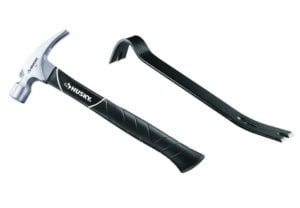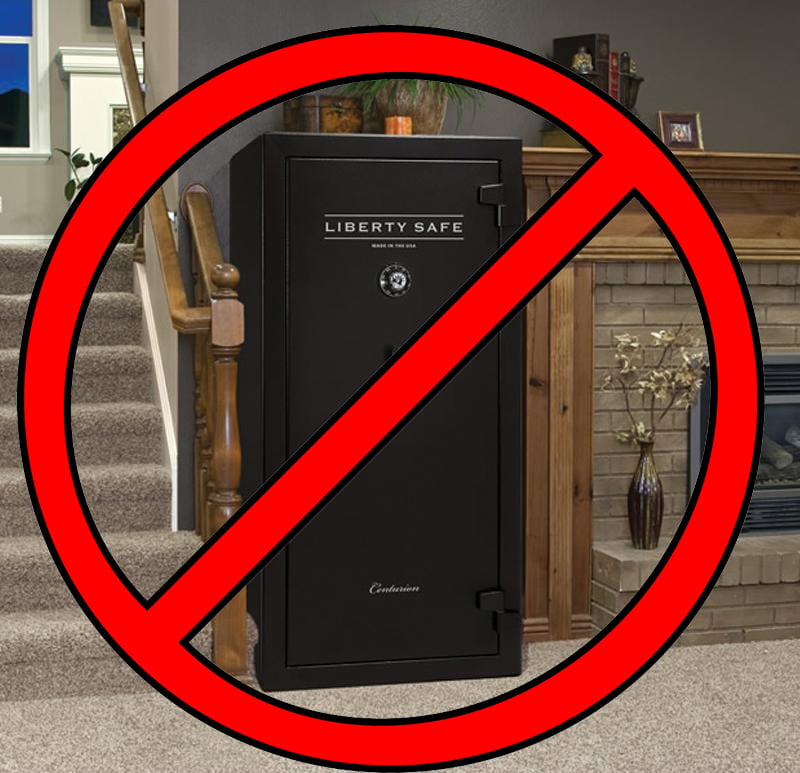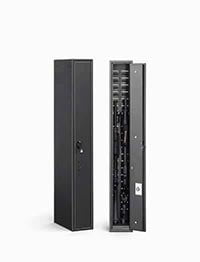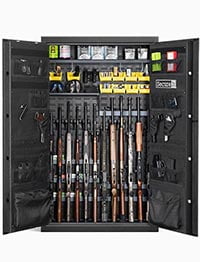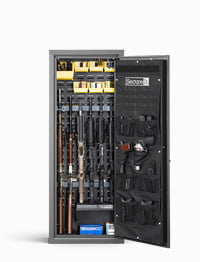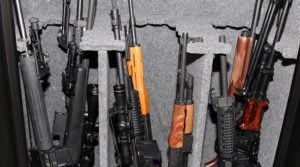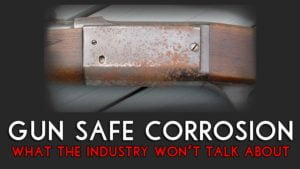
Are Fire Ratings Still Relevant?
Do you Actually Need a Fire-Rated Gun Safe? To answer this question, it helps to first answer a few other questions. What is the response time for your fire department? If you live in a city with a paid full time fire department, the response time is probably under 5 minutes. A
